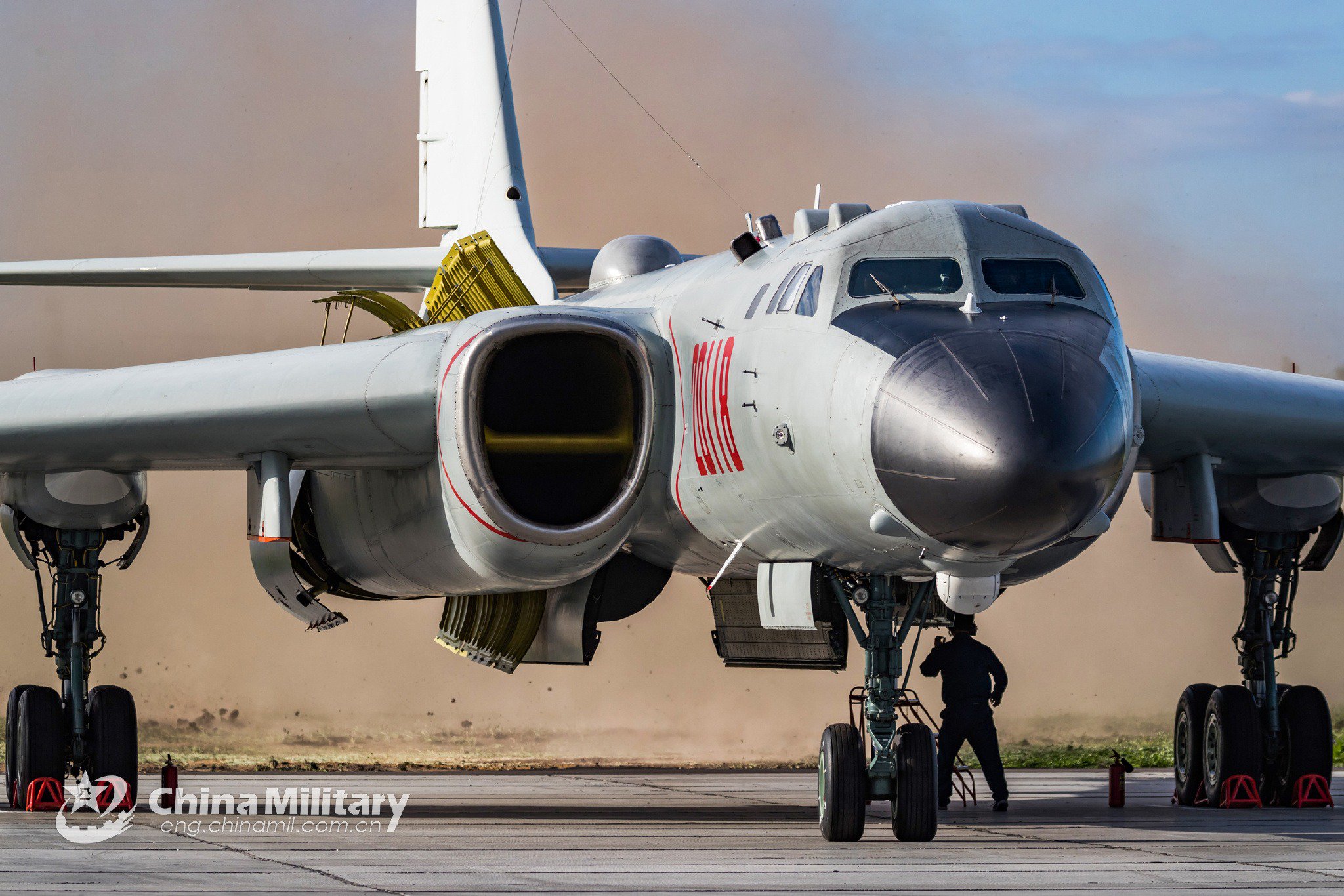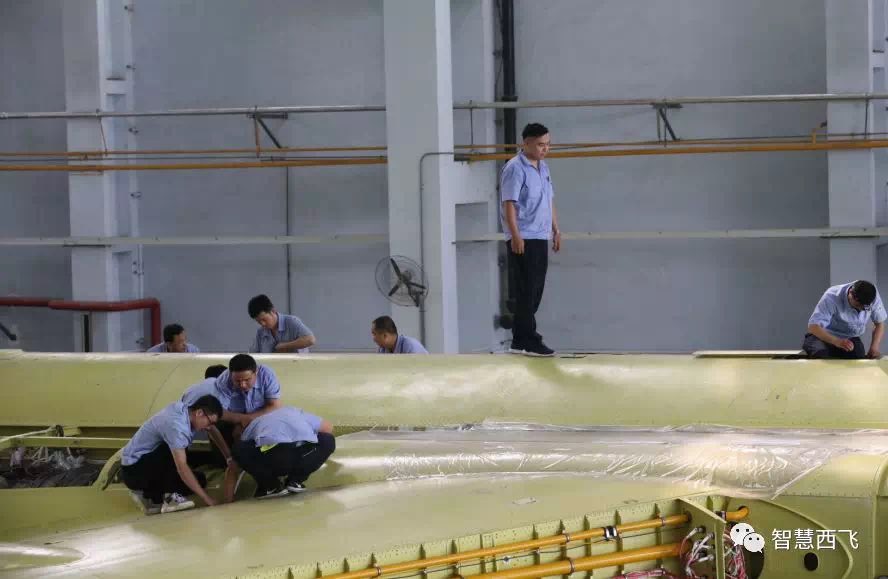Currently there is only one ALBM that can be launched on a tactical plane, Kh-47M2 Kinzhal. It supposedly is developed from 9K720 Iskander, which is 7.3m long, has a diameter of 0.92m, and weights 3.8t. Iskander is 1.3t heavier than YJ-12 and the air launch variant of Brahmos (both 2.5t). Therefore, if JH-7 and the Sino-Flankers are going to carry an ALBM, the dimension and weight of that missile is probably around those ranges. (All data are from Wikipedia)
However, what advantages do those ALBM offers?
In orbital launch, the airborne launching platform only provides an insignificant amount of deltaV for the launch vehicle. Granted the ALBM will only perform suborbital flight and the fraction of deltaV provided by the platform would be greater, the increase in range probably will be limited. Additionally, the missile would have to carry its own oxidizer. On the other hand, air-breathing missiles such as YJ-12 and BrahMos can utilize the atmosphere. ALBM probably would not compete with cruising missiles in the range department.
The versatility of the launch platform could be an advantage. However, as JH-7 and the Flankers lack a payload bay, the drags caused by the ALBM probably cannot be ignored. Perhaps it can be encapsulated in a pod like B-58.
The penetration of enemy defense could be another selling point so that during reentry, the warhead flies in a special trajectory. I recall that Qian Xuesen had done research in this area. Could this be something the ALBM designers capitalize on?







